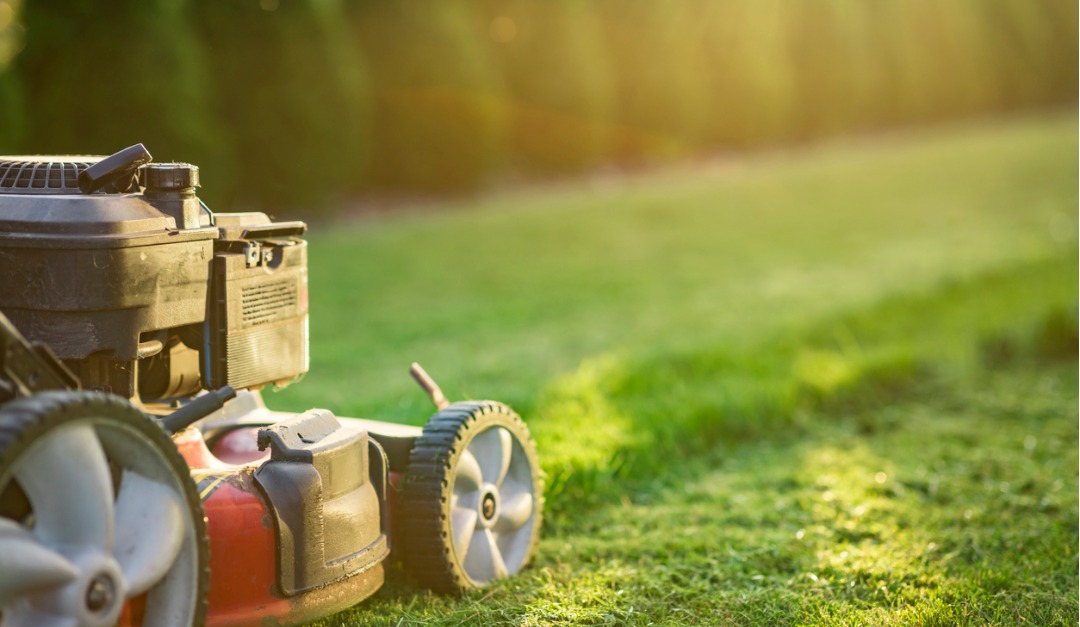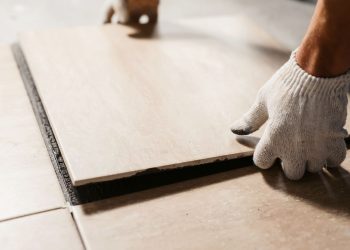Mowing the lawn is a time-honored household chore. Even for those who are more hands-off, chances are someone in your home will have to pull out the old mower for a quick cut. However, this seemingly simple backyard task can quickly become a problem if not done correctly. Here are five common mowing mistakes that you should avoid to ensure a healthy and beautiful grass-filled lawn.
- Cutting Your Grass Too Short
Though this may seem counterintuitive, cutting your grass too short can cause more harm than good to your lawn. Just because you chopped an extra half inch off the top doesn’t mean you allowed yourself more time before your next cut. In fact, it may lead to dead grass and more work for you. By mowing too low to the ground, you are cutting off the amount of surface for photosynthesis and creating more space for weeds to take over your lawn. Keep your mowing blade high and try not to remove over one third of the eight of your grass each time you mow. - Not Changing Mowing Directions
When you drive by a house with a virtually perfect lawn or gaze at a baseball field with pristine grass, you may notice one common element—a mowing pattern. This is done by alternating the direction in mowing, either in the same session in a pattern or each time you cut the grass. Changing up your mowing direction helps the grass to stand up straight, rather than bending to one side, causing it to dry up and die. You can also help keep out certain grass-feeding insects and help decrease soil compaction. - Collecting Grass Clippings
It may be tempting to clean up your grass clippings throughout your yard once you finish mowing, especially if you’re planning for visitors or you have young children or pets who play outside. However, these clippings are a valuable source of nutrients for your lawn. Because grass is mainly made up of water, the clippings will break down fairly quickly and add nutrients back into the soil, keeping your grass green and lush. Just be sure that you are cautious of how long the clippings are, as anything over an inch can cause thatch or contribute to an influx of weeds. - Using Dull Mower Blades
Just like your kitchen knives, the blades on your mower need to be maintained and sharpened to get the job done right. Dull blades can cause damage to your grass, such as tearing instead of a clean cut. Grass with rough edges can invite pests and insects, as well as create a messy and unfavorable pile of grass clippings that can cause weeds. Take the time at the beginning of each mowing season, as well as once more halfway through the season, to sharpen your mower’s blades. Be sure to read the instructions or hire a professional, as the blades are very large and can cause injury. - Cutting Wet Grass
Another way to avoid tearing and damage when mowing is to be sure that your lawn is dry. Mowing wet grass can hurt not only your yard, but your mower as well. Since wet soil is softer, the blades can easily pull out the roots of the grass, leaving dead and empty patches. This can also cause insects, diseases and other lawn related damage to spread throughout the yard. Dry grass takes less time to mow and won’t cause a mat or clog in your mower. It will also look better once you are done and leave you and your mower with less of a risk of slipping, especially if your yard has hills.











